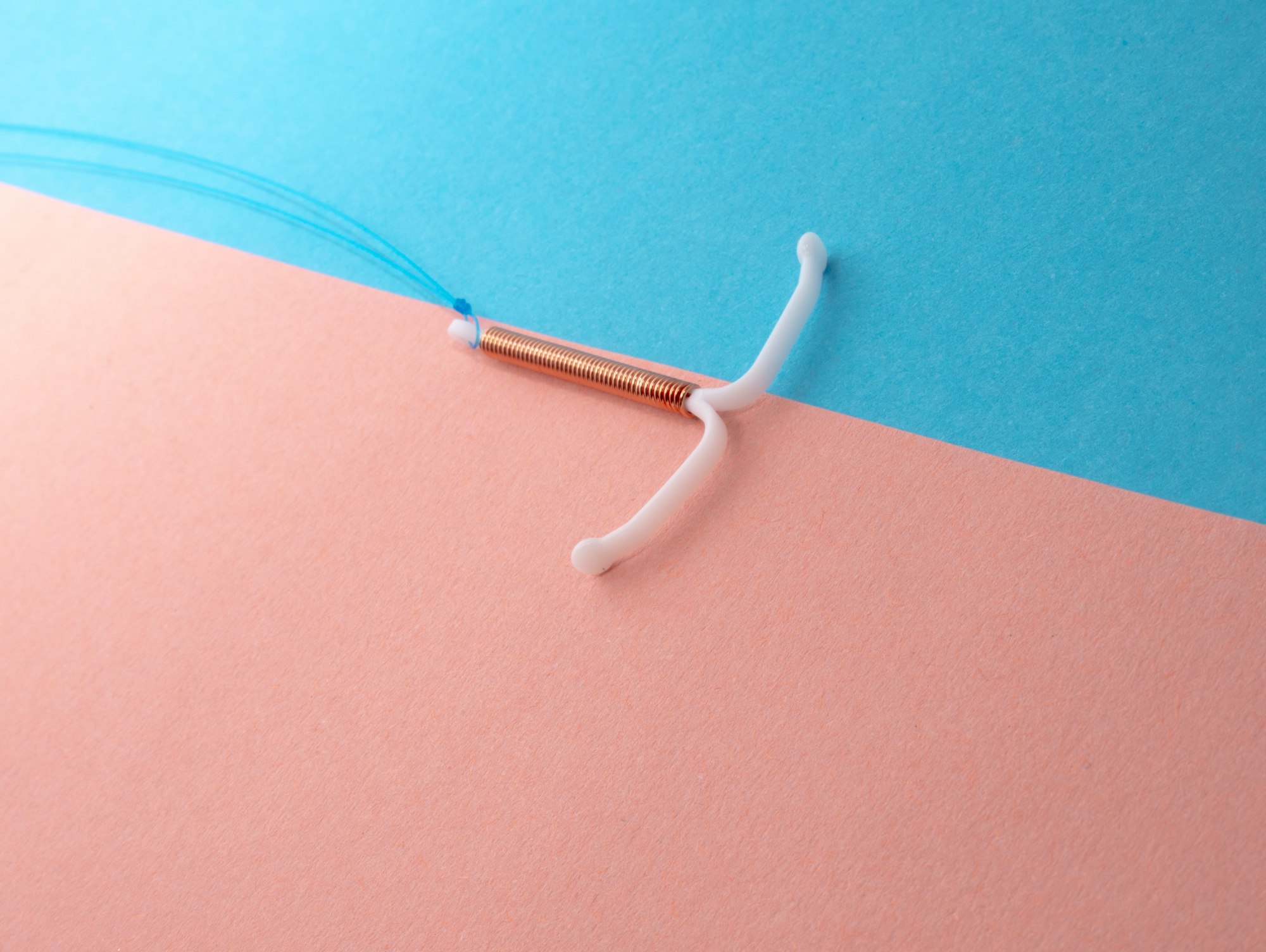IUD, You Do You: The Lowdown on Intrauterine Devices

Why are these tiny T-shaped devices so popular?
Intrauterine Devices (IUDs) provide women with a highly effective and long-term birth control option. These small devices are inserted into the uterus and offer a variety of benefits.
Let's delve into the origin, usage, main complaints, and primary advantages of IUDs.
Origin and Popularity
Before the 20th century, there was no clear evidence of people using an IUD to prevent pregnancy. However, the modern IUD as we know it was first developed in the 1920s by Ernst Gräfenberg, a German gynaecologist. The design has evolved significantly over the years, leading to the development of various types of IUDs with different materials and shapes.
Currently, IUDs are among the most popular contraceptive methods worldwide. According to the World Health Organization, an estimated 150 million women use IUDs as their primary form of contraception.
Main Complaints
- Discomfort during Insertion: Some women may experience mild to moderate discomfort during the insertion process.
- Irregular Bleeding: While most women experience lighter and more manageable periods with IUDs, some may experience irregular spotting or bleeding during the first few months after insertion.
- Expulsion: In rare cases, the IUD may be expelled from the uterus unintentionally. This is more common in the first few months after insertion. Regular checks by a healthcare professional can help detect any potential issues early on.
- Risk of Infection: Although the risk is minimal, there is a small chance of developing pelvic inflammatory disease (PID) shortly after insertion. This risk can be further reduced by ensuring the IUD insertion is performed under sterile conditions.
Main Benefits
- Highly Effective: IUDs are one of the most effective forms of birth control, with a failure rate of less than 1%. Once inserted, they provide continuous protection for several years, depending on the type of IUD chosen.
- Long-Lasting and Reversible: Depending on the type, IUDs can last anywhere from 3 to 10 years. They can be removed at any time by a healthcare professional, and fertility returns to normal after removal.
- Hormonal and Non-Hormonal Options: There are two main types of IUDs: hormonal and non-hormonal (copper). Hormonal IUDs release progestin, a synthetic hormone, which can help reduce menstrual bleeding and cramps. Copper IUDs, on the other hand, are hormone-free and suitable for women who prefer non-hormonal contraception.
- Convenience: Once the IUD is inserted, there is no daily maintenance required, unlike other forms of birth control. This makes it a convenient option for women who may find it challenging to remember to take a daily pill.
- Safe for Breastfeeding: IUDs are safe to use while breastfeeding and do not interfere with milk production or the baby's health.
Intrauterine Devices (IUDs) have come a long way since their inception and have become a popular contraceptive choice for millions of women worldwide. With high effectiveness, long-lasting protection, and both hormonal and non-hormonal options, IUDs offer an excellent solution for women seeking reliable birth control.
As with any contraceptive method, it's essential to consult a healthcare professional to determine the most suitable option based on individual health needs and preferences.

